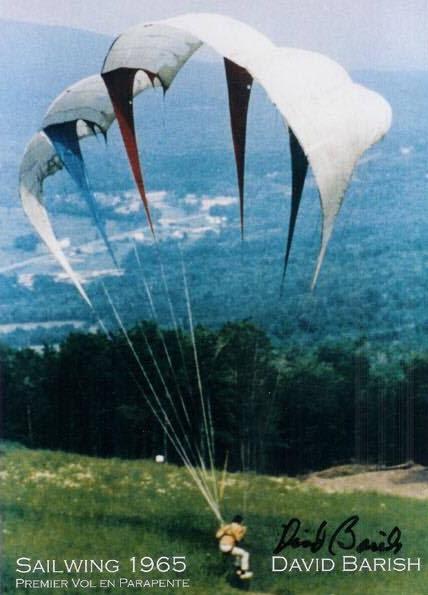Paragliding has become one of the world's most inspiring and accessible forms of human flight, with a rich history rooted in innovation, adventure, and our timeless desire to soar. Here's a friendly, human-focused look at how Paragliding evolved from a dream into a beloved global sport.
The Origins: Chasing the Dream of Flight
For centuries, people have imagined what it would be like to glide through the air like birds. While legends and sketches by visionaries such as Leonardo da Vinci inspired many, actual progress began in the late 19th century with pioneers like Otto Lilienthal, who built and flew the first controlled gliders. These early innovators paved the way for all of modern aviation.
Parachutes, Parafoils, and the Rise of the Wing
The first paraglider didn't just appear one day. The change was gradual and began in the 20th century, when skydivers started modifying parachutes used by the military to achieve better control and land with less impact. Among others, the contribution of Domina Jalbert cannot be overlooked, as he brought the parafoil to light, which is basically a wing with air-inflated cells. The idea was a significant step towards achieving a descent that was safe, stable, and easy to steer—hence, the concept of parachuting as "gliding" got redefined.
This led to the development of a new discipline called "slope soaring." The two sources that gave birth to the new discipline were the Rogallo wing project by NASA and Dave Barish's "Sailwing" (he developed it to make space capsule landings safer). The two most prominent locations for this activity were the two hillsides where these prototypes were tested. The idea of mountain climbing turning into a long and exciting air trip back to the valley below soon became the flight of fantasists.
The Birth of Modern Paragliding
The 1970s were a turning point. In the French Alps, mountaineers such as Jean-Claude Bétemps, André Bohn, and Gérard Bosson sought to descend quickly after reaching the summit. Their solution? Light, portable canopies that could launch by simply running downhill. With improved materials and aerodynamic designs, Paragliding took off as both a sport and a lifestyle.
By the 1980s, enhancements such as non-porous fabrics, increased wingspans, and improved harnesses had transformed the humble gliding parachute into the high-performance paraglider. Glide ratios improved dramatically, safety measures advanced, and the sport began to reach a broader, eager audience.
Paragliding Today: Sport, Art, and Innovation
The equipment used by today's paragliders consists of a lightweight and efficient wing with precise control, strong safety gear, and the option of powered flight (paramotoring). The performance of modern wings in terms of glide is so good that paragliders can fly for several hours, even crossing continents or performing stunts if they have mastered the techniques.
Nowadays, the Paragliding community encompasses a diverse range of activities, including world-class competitions, adventure travel, and opportunities for personal growth and development. Contemporary pilots are pursuing not only thermals, mountain peaks, and new personal records, but also the amazing visual experience from the sky and the excitement of flight.
Why Paragliding Continues to Soar
Paragliding has captured the imagination of people primarily due to its perfect union of technology, freedom, and environmental friendliness. The activity of Paragliding is, in fact, the human race at its most inspiring, combining an earth-shattering sense of wonder with the real world, technology, and a massive community of like-minded people.
If the thought of soaring in the sky like a bird appeals to you, it couldn't be a simpler feat to get into the world of Paragliding. They are not only greeting the novices with open arms but also handing over the wheel to the guiding professionals who are always a step ahead in their training and technology.
Then why not turn your eyes towards the rugged heights, feeling the breeze on your face and picturing where the next page of your Paragliding story is going to be? The sky, as always, is the limit!

